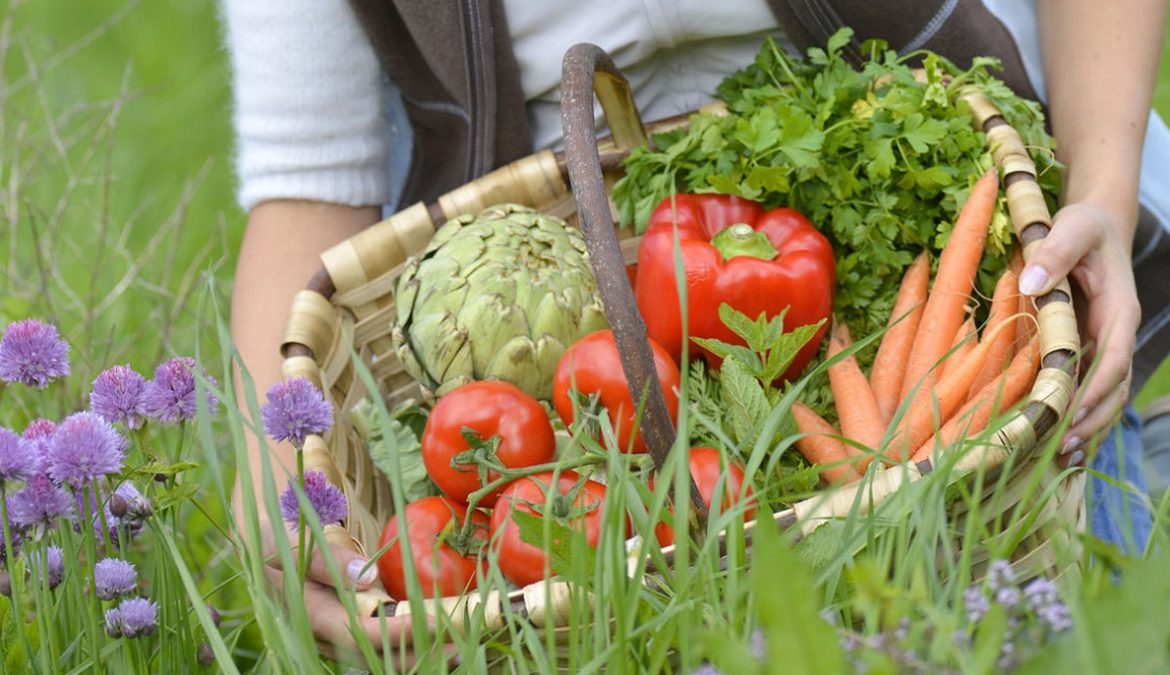
How to start your own house farm in the open area of the residence or on a terrace.
Some people would like to backpacker work because they like the idea of working on a farm. Other people want to give jobs to backpackers in the area, and you can do that by starting a mini residential farm.
Find A Proper Area Of Land In House
The plot of land does not need to be extremely large, but you need enough space to grow the things you want to grow. Some people will find space at an allotment, but others will start their mini-farm on their own property. When you have found a good space, you can begin to plant right away. Plus we can control how many crops are on the property at any one time.
Requirement Of Soil And Fertilizer
Import topsoil and fertilizer to make sure that everything is growing the way that it should. If you are using the appropriate topsoil and fertilizer, you will get much better results. Plus, you need to start by testing one or two plants to figure out how much topsoil and fertilizer you need. You can replenish this smile every year before planting again.
Equipments Used For House Farming
Top-Tested Clippers.
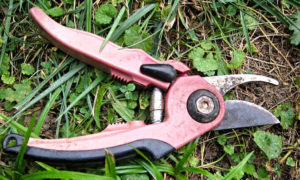
Ergonomic Trowel Set.

Best-Selling Soil Test Kit.
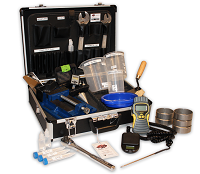
Favorite Compost Bin.
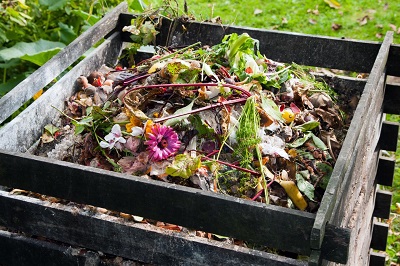
Breathable Garden Gloves.

Lightweight Watering Can.
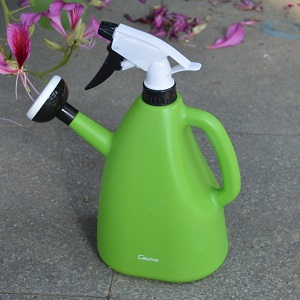
Bed Preparation On Land
You need to organize the land so that you have space for all the things you want to plant. Some plants can be grown in very tight spaces, but other crops need a lot more space to grow. Once you have organized everything, you can plant like a professional farmer.
Choosing the Right Plants
It really pays to select plants that will thrive in your specific micro-conditions. A great place to look is at your local farmers’ market, which may also have native plants and varieties well-suited to your area. It’s better to buy stocky seedlings with few, if any blooms yet, and root systems that don’t look overcrowded. Choose plants that will adjust well to each spot in terms of light, moisture, drainage, and soil quality. Most gardens have gradations in these variables. The happier your plants are, the more resistant they’ll be to attackers. If you’re buying seedlings, look for plants raised without chemical fertilizers and pesticides. Many things are best grown from seed, including sunflowers, annual poppies, coriander, dill, annual phlox, larkspur, annual lupine, morning glories, sweet peas, squash, and cucumbers.
Planting Crops
Plants that you will be harvesting, such as vegetables or cutting flowers, should be grouped tightly in beds that you don’t walk on. Raised beds work great. Grouping reduces weeding and water waste you target compost and nutrients. Ample space between rows helps promote air circulation, which repels fungal attacks. Remember that seedlings won’t always stay diminutive, and you do want to limit overshadowing. It’s a good idea to thin crops based on nursery suggestions. The highest returns of organic produce with limited space and time, these plants are typically winners
- Indeterminate tomatoes – So named because the vines keep getting bigger and producing new fruit until frost.
- Non-hybrid pole beans – They keep growing and producing til frost assuming you keep them picked.
- Zucchini – Everything they say about avalanches of zucchini is true, especially of hybrid varieties.
- Swiss chard – We can keep breaking off outer leaves for months, and every picking will be tender as long as plants get enough water.
- Tall snow peas and sugar snaps – They grow readily and produce delicious rewards.
Watering
The best time to water plants is usually in the morning.
Reason For Watering
Mornings tend to be cool with fewer winds, so the amount of water lost to evaporation is reduced. If you water in the evening, plants stay damp overnight, making them more likely to be damaged by fungal and bacterial diseases. Ideally, you want to water the roots, not the greenery, which is easily damaged. A drip or soak system can work great, or just carefully water the bases of plants by hand.
Most experts recommend substantial, infrequent watering for established plants, typically a total of about one inch of water per week. One or two applications a week encourages deeper rooting, which promotes stronger plants. To avoid shocking tender greenery, try to use water at or near air temperature. Collected rainwater is best.
Use Natural Pesticides
Your mini-farm does not have a license to use the pesticides that are used on large farms. Because of this, it makes much more sense for you to use natural products that will not cause any adverse effects in the area. A lot of people will want to use natural products that they made in the house, and there are others that will add their own pesticide bugs to the plenty. You can control pests on your own if you have done your homework.
Weeding
Weeding is a process in which Pulling them by hand may sound like hard work and it can be but it also can be good exercise and gets you outside in the fresh air. Reduce the number of weeds you have to contend with by applying mulch, which also helps protect the soil. Organic mulch and burlap can work in a pinch. Straw is cheap but doesn’t last long.
Wood chips are nice but can get pricey. Many people opt to use lawn clippings, although it should be noted that because they are high in nitrogen, clippings should only be used on plants that need a lot of the nutrient, such as squash and lettuce.
Harvesting
Don’t forget to harvest the fruits of your labor! Generally, the more you harvest, the more your plants will produce for you. During peak harvest season, you’ll likely find that it’s best to check your garden every day. Got herbs? If you use them fresh, pick them right before you need them. But if you’ll be drying and storing them, it’s best to wait until just before they flower, since they’ll have the most flavor. Gather all herbs except basil in mid-morning, shortly after dew has dried. Harvest basil in the late afternoon, since it will last longer after some time in the sun.
When harvesting leafy greens, pick sporadically from the entire crop, a little from each plant. For broccoli, wait until the central head is as large as it will get, before sending off buds for flowering. Cut it off right above the leaf node, and you’ll likely get better production from the rest of the plant. In general, it’s best to cut produce off with a sharp knife or scissors versus ripping with your fingers, which can cause more damage to plant tissue. If you get too much bounty, remember you can also freeze, store some types of produce in a root cellar, or take up canning.
Cleaning Up
If you notice sick plants either during the season or at the end of the year, make sure you pull up the entire organism. Don’t forget to rake up underneath, since diseased leaves can harbor problems for a long time. Put all infected material deep in the woods, in the ground at least a foot deep, or on the bonfire.
Most healthy or expired plants can actually be left in place over winter. You’ll provide some food and habitat for birds and other wildlife, and plant cover can help protect your soil from eroding. It’s better to chop off annuals instead of yanking them out. That way you’ll leave soil intact, and help prevent weeds from gaining a foothold.
Plant Things You Know You Can Sell
You should plant crops that you know you can sell. If you cannot sell the crops on your land, you need to know how you will use them yourself. Most people who start a mini-farm are hoping to make a bit of a profit, and that is why you need to make sure that you have considered what the market for your crops will be.
Control Water And Flooding
You need to control water and flooding in the area as best as you can. You can dig French trenches around your plot that will send water down to a lower level of the property. You could dig a large trench around the plot that will help divert water, and you can water your crops on a schedule so that they do not get waterlogged. This is a large part of caring for your crops because you do not want them to drown before they have grown fully.
Kalpesh Pathak
Related Posts
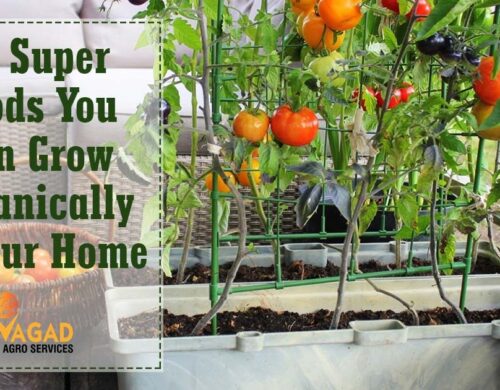
10 Super Foods You Can Grow Organically in Your Home Kitchen Garden
Organic farming is a approach of sustainable farming and these days ‘Organic Farming’ or ‘Organic Gardening’ or “Organic Kitchen Garden” is...
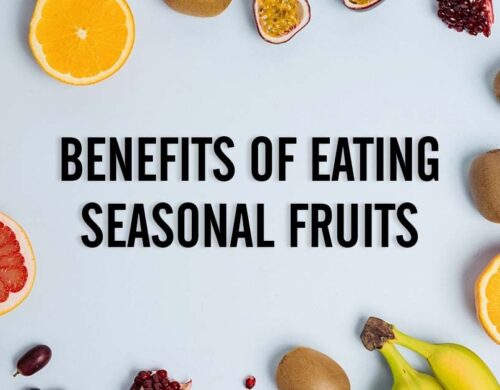
Benefits of eating seasonal Fruits & List of seasonal fruits
Access to fruits and vegetables is readily available year-round, but it's often recommended to consume seasonal produce. This idea is...
